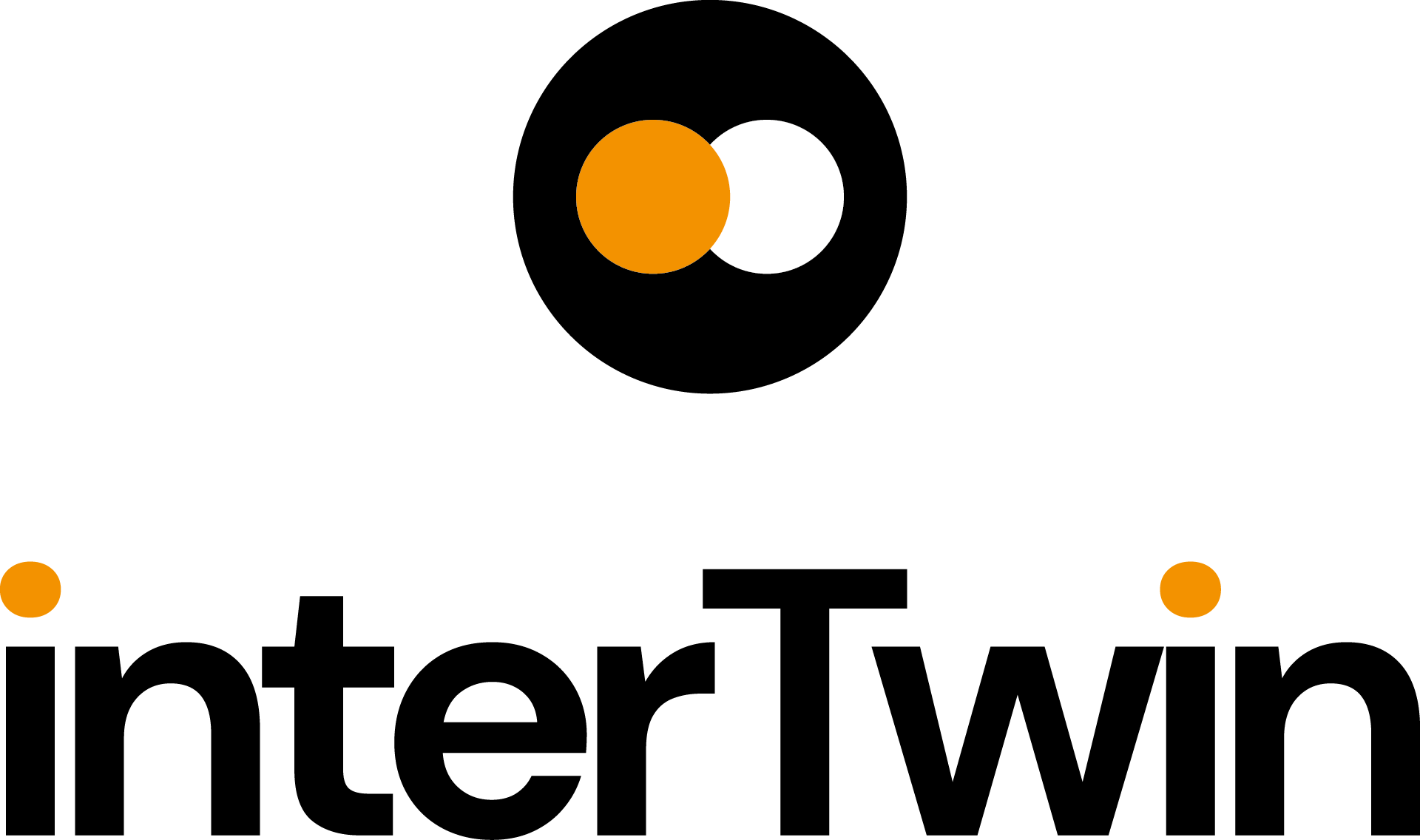This is a component of ML-PPA (Machine Learning-based Pipeline for Pulsar Analysis), a framework for extracting pulsar signals in data streams from radio astronomical antennas.
The physics-based DT, to be used to generate synthetic data to train the ML classifier. This particular component is written in Python as a model of how the different aspects of the physics-based DT can be implemented, while its counterpart, PulsarDT++ implements what has already been well-established in the C++ production version.
Release Notes
This is the first internal release. Assorted related materials, including Jupyter notebooks with use examples, are available at GitLab or will be added soon. For a wider context and theory behind the whole ML-PPA (including detailed explanations with regard to the status of each component) one should refer to the paper. A brief description of the current functionality is as follows: users can specify a number of model parameters, like pulsar geometry, distance to Earth, noise characteristics etc. The program produces an image like this, including the timeframe time-frequency domain image as if seen by a telescope plus a mask, selecting only what corresponds to the pulsar data and excluding the noise:
Future Plans
The plans are to constantly build upon the current model. Ultimately the goal of this component is to supply its counterpart, PusarDT++, with algorithms and implementation strategies, so it is used as a testing ground and is constantly modified. In the near future the interstellar matter (ISM) and electronics noise models are to be replaced by more sophisticated ones. The telescope model, which is now assumed to be a single antenna setup, will be expanded to include antenna arrays. Further, more complexity will be added to the source, e. g. pulsars in double systems will be considered.

